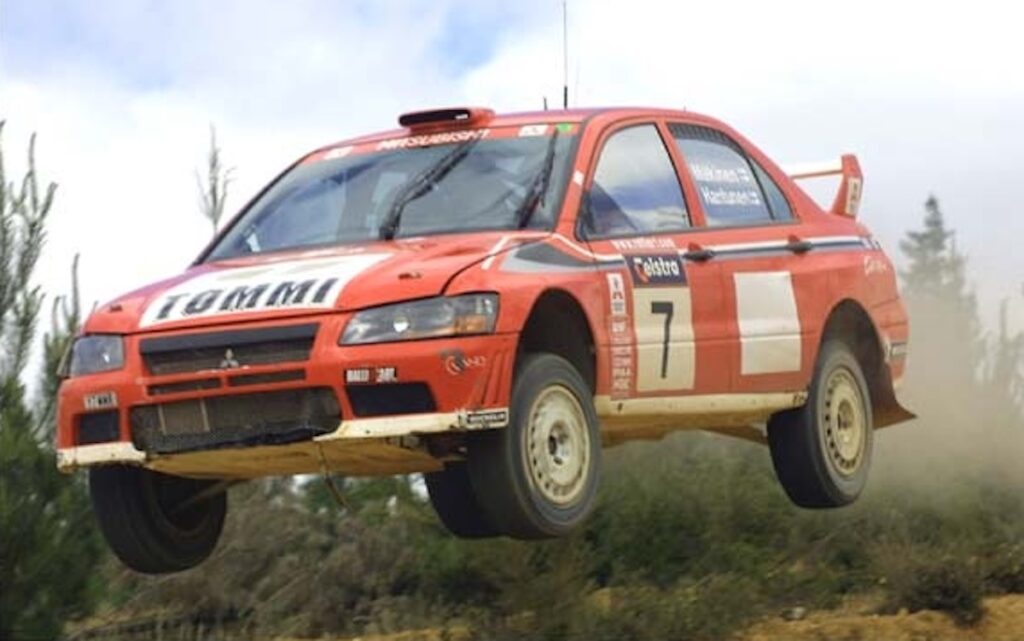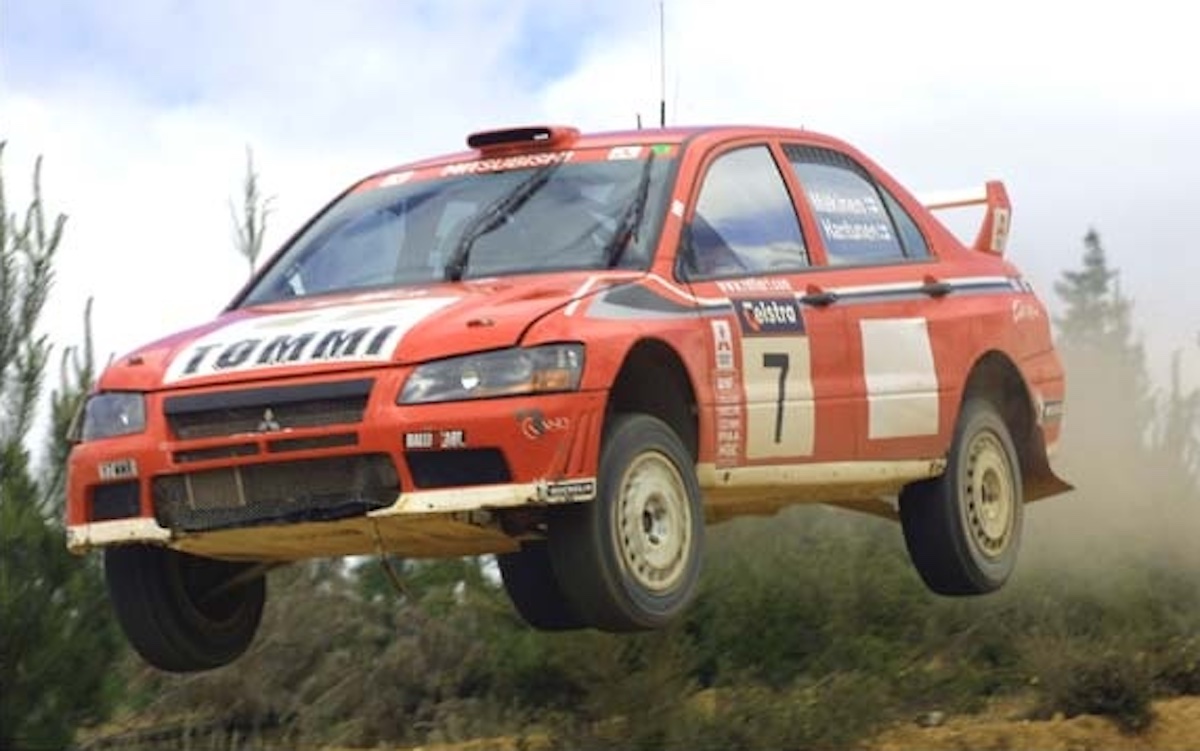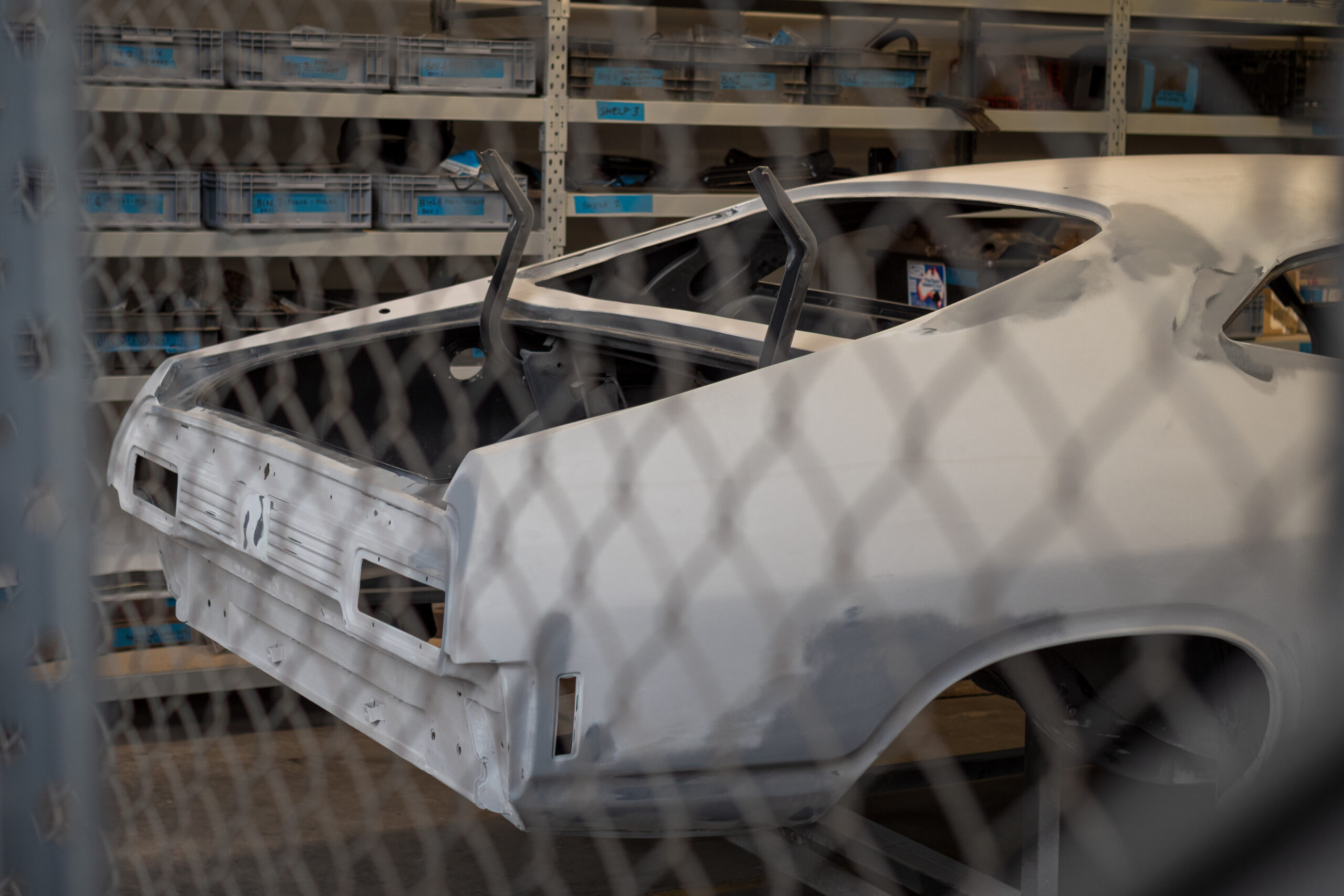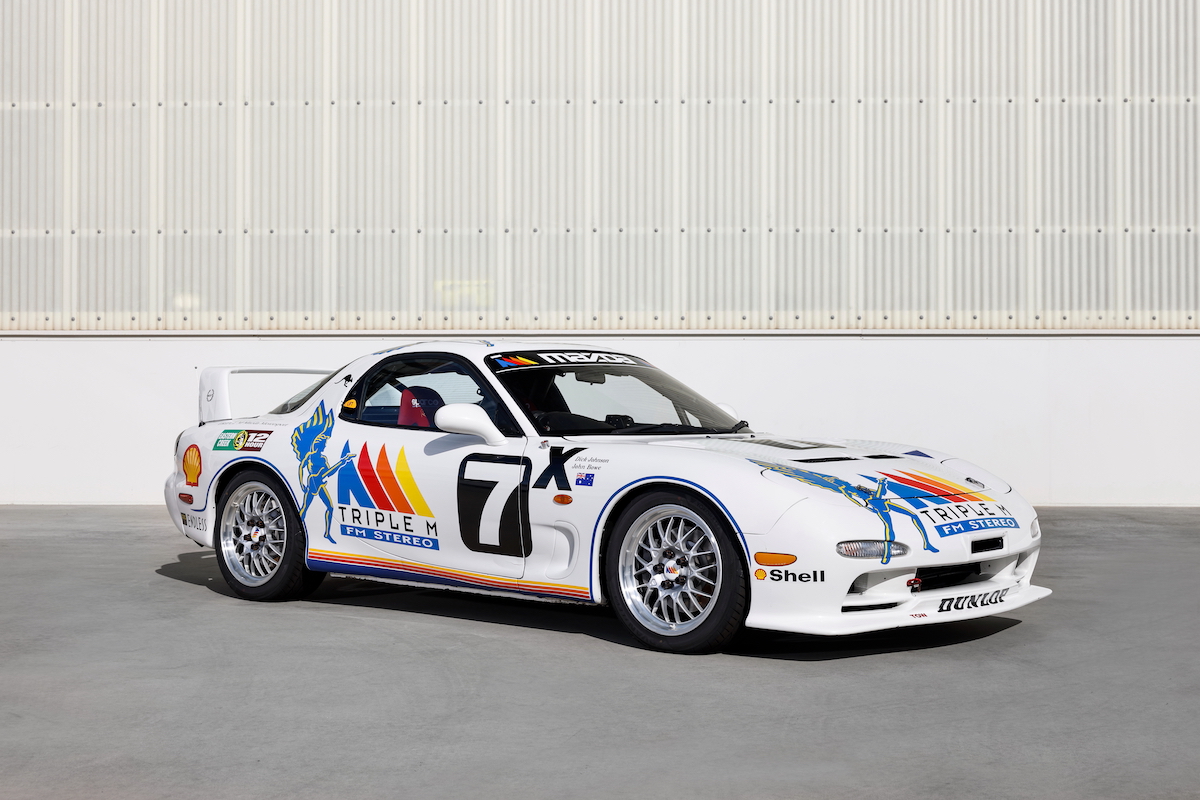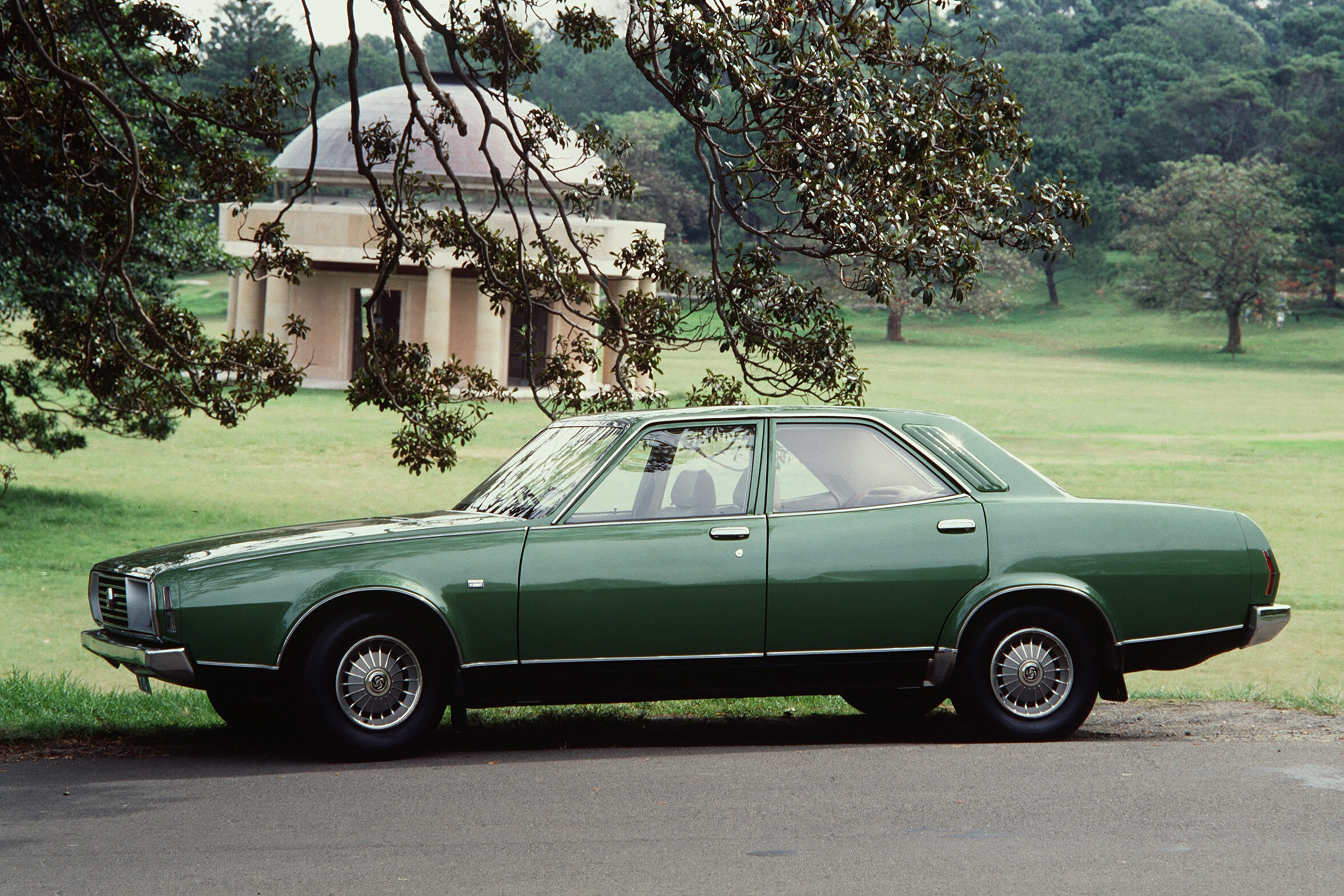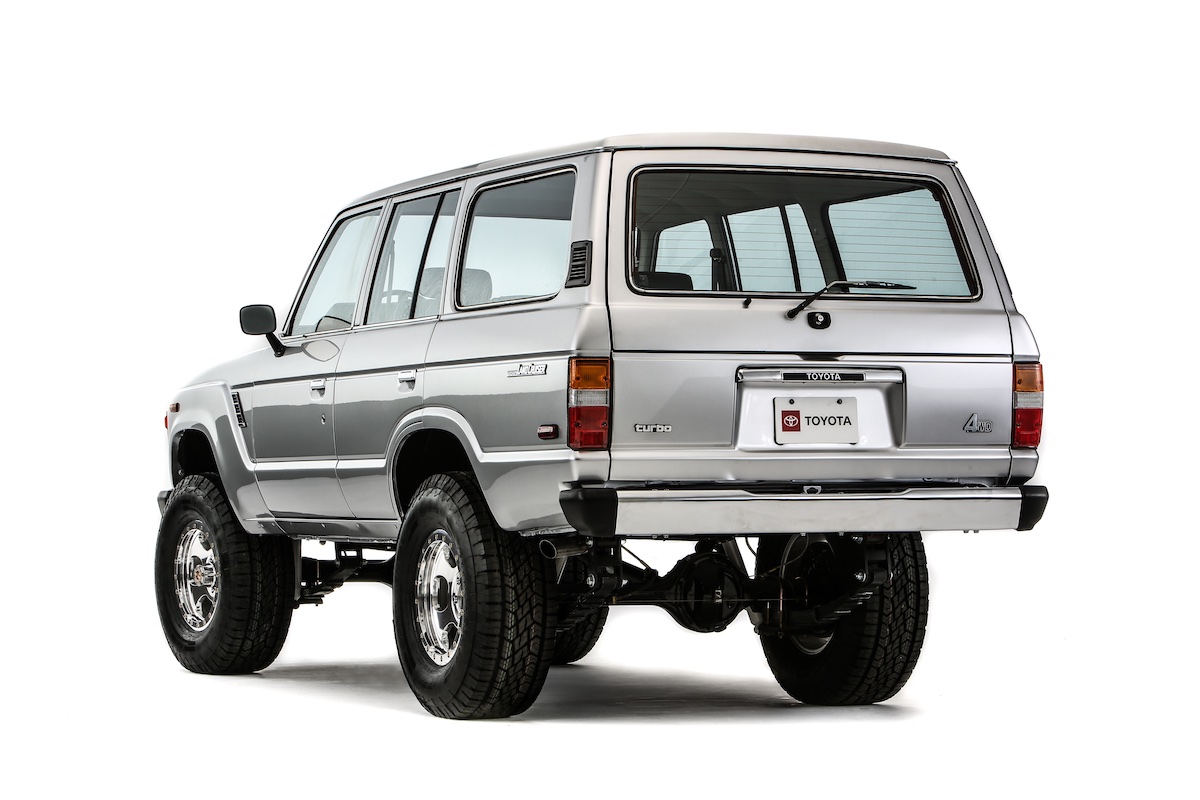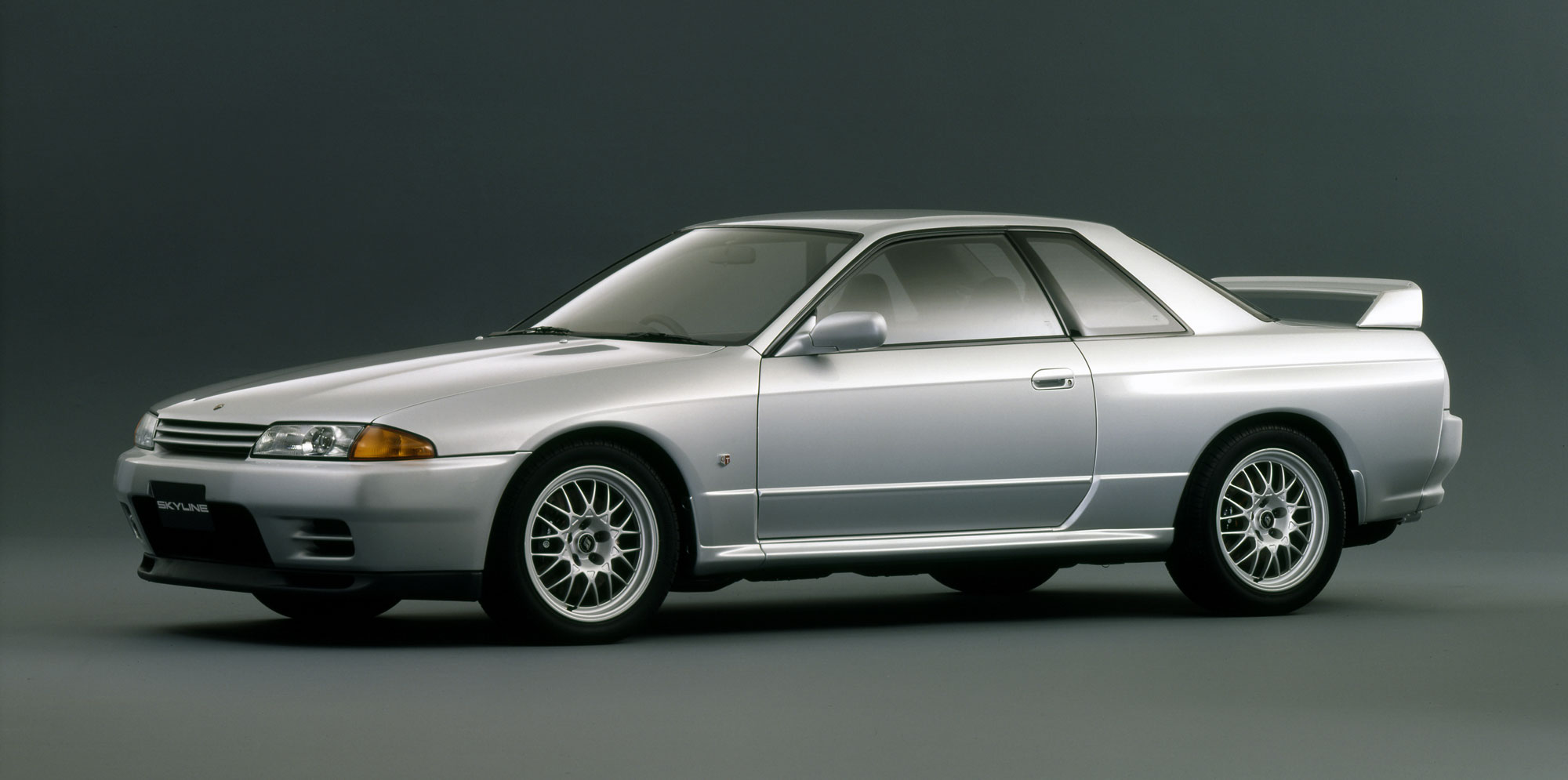Cliff Chambers has a long association with rallying, from spending frosty mornings watching cars tackle Canberra’s notorious ‘Mineshaft’ to later managing Subaru’s Championship-winning team during the 1980s. In this 10-part series, he takes a look back at the cars that have been most influential in the sport.
Mitsubishi had been building GSR versions of its Lancer since 1973 and used one to win the African Safari Rally in 1974.
Evolution – or more commonly ‘Evo’ – Lancers were a different proposition, a limited production derivative that appeared in 1992 that would come to dominate World Rallying during the late 1990s.

Ensuring its cars qualified under new WRC homologation eligibility criteria, 5000 road-going versions of the Lancer Evolution were produced, with early versions sold only in Japan.
Evos were lighter than the basic Lancer GSR, with more sophisticated drivetrains and distinctive body kits, and often characterised by large, even ostentatious rear wings.

The engine was derived from Mitsubishi’s long-serving ‘4G63’ twin-cam 2.0-litre which had powered Starions and Galants during the 1980s. In rally-spec versions of the Evo, these engines were said to produce 250kW, although this was dialed back to 206kW for road-going versions.
With a 4.5:1 final drive and top speed limited to 180km/h, the Evo did its best work at lower speeds, including hitting 100km/h from a standstill on gravel in 5.1 seconds.

Mitsubishi’s lead driver during the 1990s was Tommi Mäkinen, one of the original “Flying Finns”, who joined the Japanese team in 1995 and went on to win four consecutive WRC Drivers’ Championships from 1996-99.
Mitsubishi was so appreciative of its champion driver that a special ‘Tommi Mäkinen Edition’ of the Lancer Evo VI was produced, going on to become a true collector’s item.
Want to know more about the history of automotive rallying? Click here to find out.


